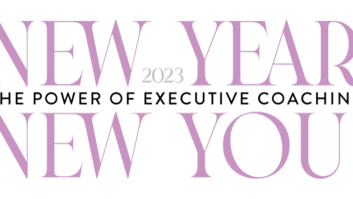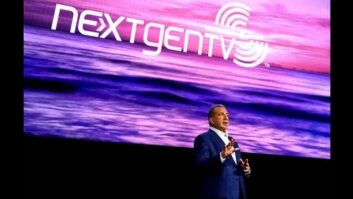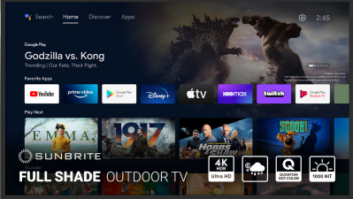This week we’re celebrating the 100th birthday of the consumer technology industry with the story behind how our business came to be and of those responsible for creating it. You can read Part 1 here, and Part 2 here.
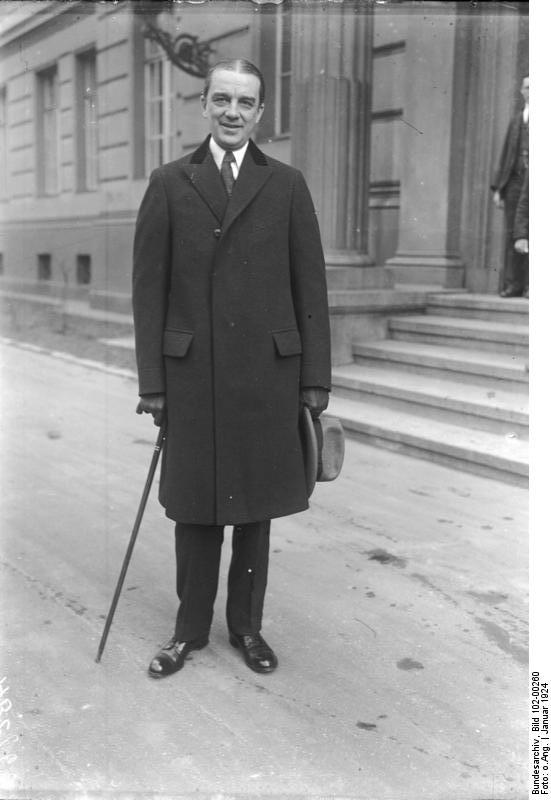
While Owen Young was organizing RCA over the summer of 1919, radio technology was advancing as well, with carrier wave, AM, vacuum tube and other technology and circuitry becoming more widely available to the growing legion of amateur radio hobbyists and hopeful entrepreneurs for experimentations with transmitting sound. Commodore Hooper supervised the rigging up a powerful radiotelephone wireless station on the U.S. George Washington to allow President Wilson to keep in contact with Washington on his trips to and from the Paris Peace Conference at Versailles, France, in 1919.
On July 4, 1919, Wilson, on his way back to the U.S. from the conference, made an on-board mid-Atlantic radiotelephone speech that was supposed to be heard aboard all the ships in the presidential fleet and any ship equipped with wireless radiotelephone equipment within 300 miles. But for some reason, Wilson stood 20 feet from the concealed microphone and barely any of his speech could be heard. It would be another four years until a sitting U.S. president would be heard on the radio, when Calvin Coolidge delivered his State of the Union on December 6, 1923.
See also: Happy 100th Birthday To The Consumer Technology Industry! Part 1
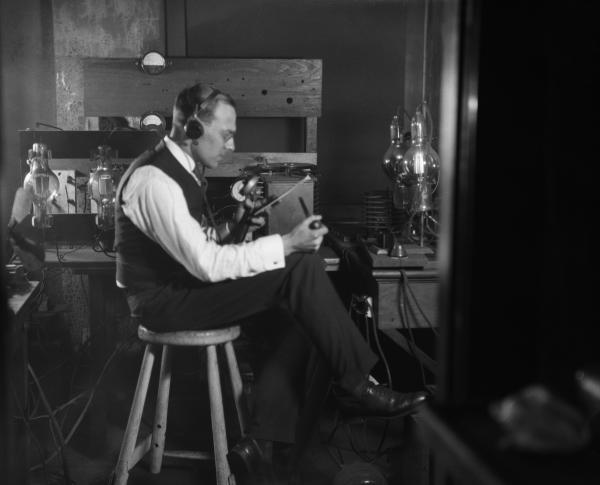
More common were the growing number of radio amateurs who took to empty and unregulated local airways after the government transmission ban was lifted on October 1, 1919. Perhaps the most accomplished of these wireless amateurs was Westinghouse assistant chief engineer Frank Conrad. Conrad began transmitting over his own amateur “ham” radio station, 8XK, on the second floor of his garage at his home in the Pittsburgh suburb of Wilkinsburg, first via Morse then via voice.
Conrad was almost literally a Westinghouse lifer, and a tinkerer almost out of the womb. He was born in Pittsburgh on May 4, 1874, to a railroad mechanic, Herbert, and Sadie Conrad. He left school after the seventh grade, the lure of working with his hands overcoming his need or desire for a formal education. When he was 16, he went to work for Westinghouse Electric & Manufacturing Company as a bench-hand to begin his on-the-job engineering education.
In 1897, Conrad was promoted to the company’s testing department, then, in 1904, he was promoted to general engineer. Conrad worked on several developments and inventions, including the circular watt-hour electrical meter that would become ubiquitous in American homes for decades to come. In February 1910, Conrad filed for the first of his more than 200 patents, an electrical ignition system for new-fangled automobiles.
See also: CES 2021 Date Changes, Kick-Off Keynote Speaker Announced
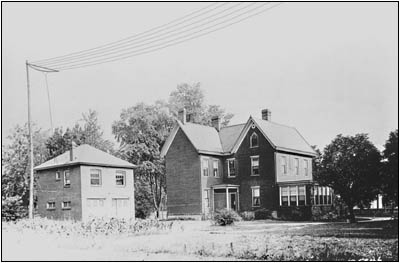
Conrad’s interest in radio was sparked in 1912 by a $3 bet with a co-worker about who owned the most accurate watch. An expert on time pieces, Conrad set out to prove his claim by building a crude radio receiving set to pick up the regular time signals transmitted by the Naval Radio Station in Arlington, VA.
During World War I, Conrad became Westinghouse’s go-to engineer for military radio technology. When the U.S. entered the war, Conrad was recruited by the Army Signal Corps and the Navy Radio Department to help develop wireless equipment for the government, resulting in the first surface-to-air radio sets.
Conrad continued to tinker with amateur radio once the war ended. In May 1919, he and fellow Westinghouse engineer Donald G. Little developed an advanced tuner, for which Conrad filed his first radio patent.
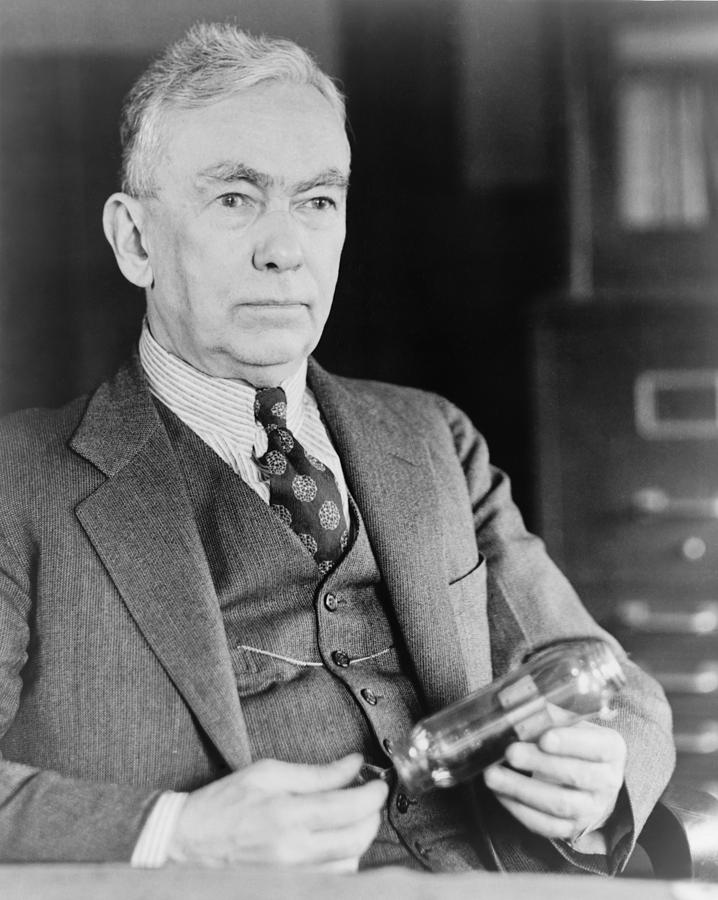
By Friday night, October 17, 1919, the same day the Radio Corporation of America was officially established, Conrad had tired of just talking. So he stuck a wireless telephone microphone into the horn speaker of his phonograph player. For two hours, Conrad transmitted a variety of opera, popular music, jazz bands, and orchestral pieces. Applause came via Morse code from his various amateur listeners whose wireless sets were equipped to receive sound.
On Saturday night, December 13, 1919, Conrad began what would become a popular Saturday night “radiophone” concert program. Within a few weeks, Conrad ran out of records. He made a deal to borrow records from the local Hamilton Music Store in return for mentioning the retailer on the air – the first radio commercial. “The music is heard, it is said, in exactly the tones rendered by the phonograph record,” a report in the January 1920 issue of Radio News reported, and Conrad’s radio hobbyist audience started to grow into the hundreds. Unable to comply with the increasing number of music requests, he announced he was going “broadcast” his own selections, which may have been the first time the word “broadcast” was ever used in define wireless transmissions.
See also: The Shift In Consumer Shopping Behaviors And Its Ramifications For Retailers
Thanks to their reach and clarity, Conrad’s broadcasts would soon become the most popular in Pittsburgh, and Conrad soon became one of the most well-known radio “amateurs” in the country. He continued to refine his advanced tuner, and had models made in Westinghouse’s model shop. By spring 1920, his now intermittent weekly concerts could be tuned in to from up to 600 miles away, and Conrad tested production sets in New York Harbor. He applied for patents on his tuning, receiving and antennae technologies in June and July 1920.
Conrad resumed regular twice-a-week evening broadcasts on September 25, 1920. His 8XK broadcasts became so popular that a local department store, Joseph Horne, ran a three-paragraph blurb tucked at the bottom of its full-page “Horne Daily News” ads in the Wednesday, September 29, evening editions of Pittsburgh newspapers:
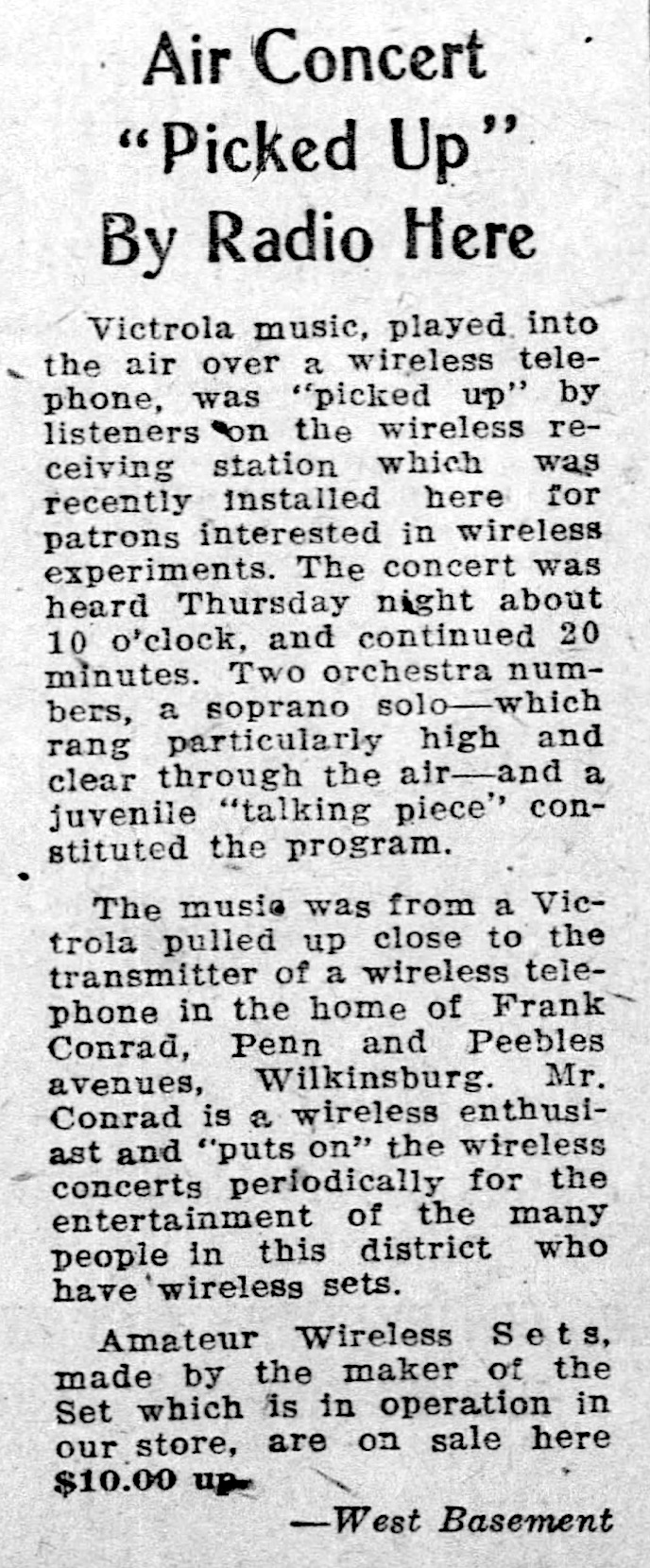
The “juvenile talking piece” was supplied Conrad’s two young sons, Crawford and Francis. The “maker of the Set” went unidentified, but it’s a good bet it was Conrad. And the ad may have been the first to sell radio sets in a consumer publication.
While radio’s popularity was growing and entering into mainstream consciousness, it was still largely the province of amateurs requiring engineering expertise. Hobbyist magazines of the time were filled with engineering schematics and ads for exotic electronics completely indecipherable to Mom and Pop American. Radio would need not only simplification, but a giant corporate push to become an actual consumer business.
Next: The Birth of a Business
See also: Happy 100th Birthday To The Consumer Technology Industry! Part 2: A National Priority







